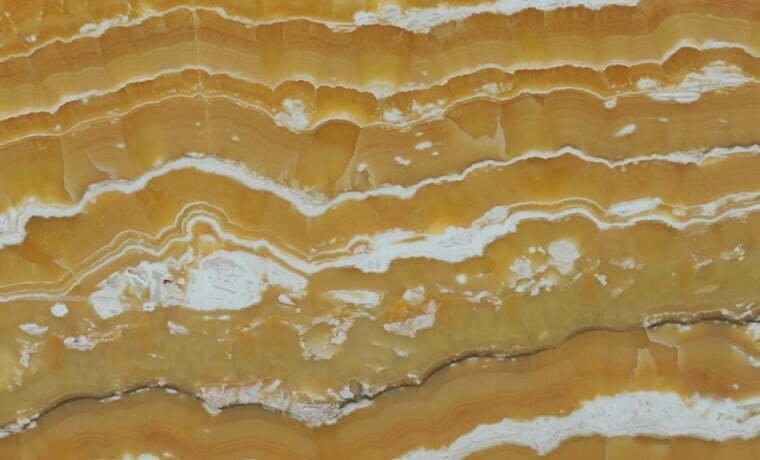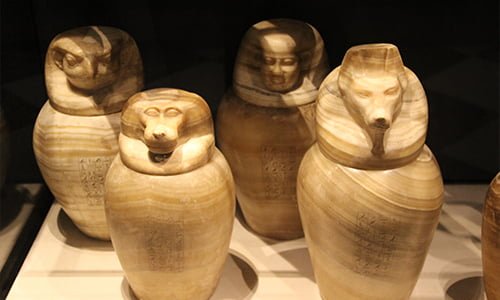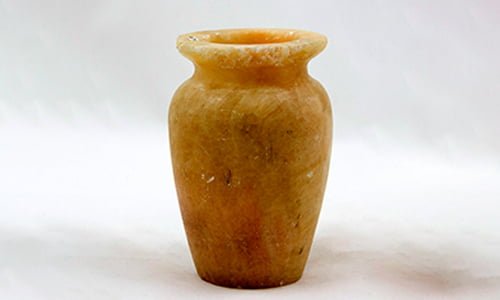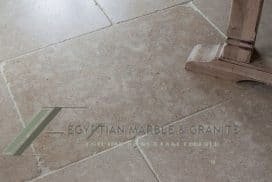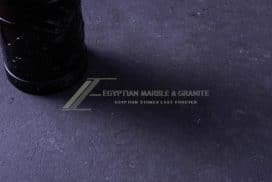Egyptian Alabaster Stone
Egyptian alabaster stone, also known as calcite alabaster, is a remarkable and cherished natural material that has been revered for centuries for its exquisite beauty and versatility. With its translucent appearance, delicate hues, and historical significance, Egyptian alabaster has left an indelible mark on the world of art, architecture, and craftsmanship. Let’s delve into the origins, characteristics, applications, and cultural significance of Egyptian alabaster stone.
Egyptian alabaster is a type of translucent calcium carbonate mineral that forms in sedimentary deposits. It is primarily found in the region around Luxor, Egypt, which was historically known as Thebes. The ancient quarries in this area yielded the prized alabaster stone that was used by civilizations across millennia.

